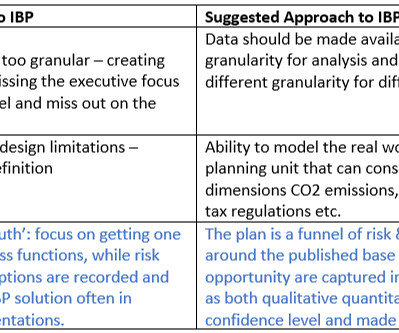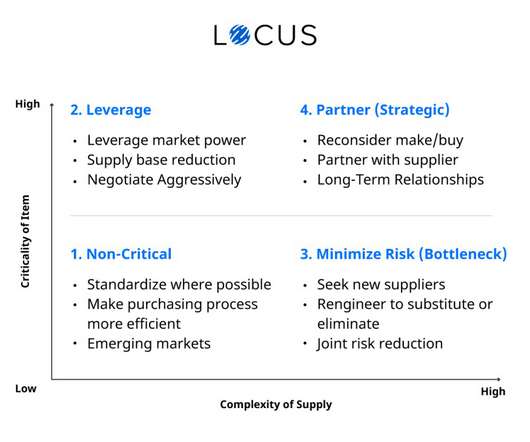Is It Time to Move Beyond the Traditional Approach to IBP?
Logistics Viewpoints
APRIL 11, 2023
The post-COVID-19 (if we can claim to be post COVID) “new normal” will continue to be defined by new challenges and more importantly by the ability of the supply chain executives to manage disruption and their ability to power organization strategy and growth.















Let's personalize your content